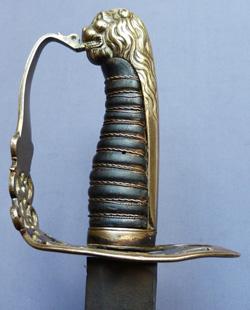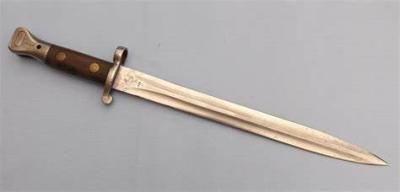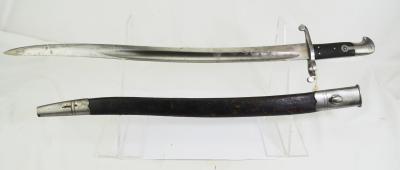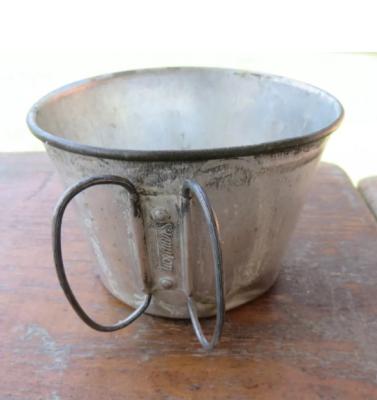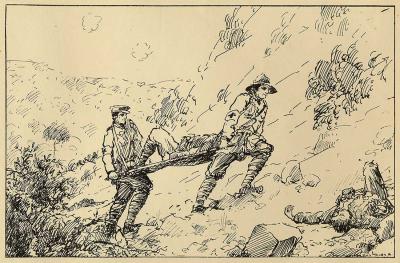Post 1945, Australian Wireless Set A510, 1950s
The A510 Wireless Set was a crystal controlled, low power light-weight transmitter-receiver, designed primarily for use by long range infantry patrols. It could be used as a man packed station on the move, in a vehicle, or as a ground station. The final A510 set consisted of two diecast boxes, one containing a four channel crystal controlled transmitter and a similar box housing the receiver and connected to the transmitter by a multi-core cable fitted with plug and socket. To compensate for aerial mistuning due to varying foliage and terrain, the transmitter was fitted with a separate aerial tuner.
The WS A510 was designed by AWA (Amalgamated Wireless Australasia) in 1950-51, to meet an Australian Army specification for a small waterproof HF transmitter/receiver that would have good performance in the Pacific area, ie from flat plains country to mountains and rain forests. The existing Army portable sets such as the UK WS No.68 and the VHF portable sets of the era were ineffective in jungle situations as well as being bulky, heavy and difficult to maintain and keep moisture free.
Details
Details
For the ground station role, improved aerial systems were provided to achieve greater range. It operated on either voice or CW. It was powered by dry batteries which normally provided 24 hours working. The frequency range was from 2 Mhz to 10 Mhz.
This radio in its shipping case with all components is located in the Communications Gallery commissioned by the Australian Army Museum of Western Australia as part of the Centenary commemorations of the Royal Australian Corps of Signals in the broader context of the evolution of communications technologies. Communication devices used by the Australian Army also are presented in their operational context throughout the Museum.
Australian Army Museum of Western Australia
Australian Army Museum of Western Australia
Other items from Australian Army Museum of Western Australia
- 1803 Pattern Infantry Officer's Sword
- 1796 Pattern Light Cavalry Sabre
- Bayonet - 1888 Pattern Magazine Lee-Enfield
- British 1860 Pattern Martini Henry Yatagan Sword Bayonet
- World War 1, Tin Cup with Folding Handles
- World War 2, Australian Army Issue Enamel Drinking Cup
- World War 1 - Australian Army Issue Water Canteen
- World War 1, South-West Asia, Türkiye, Gallipoli, SILAS, "Crusading at Anzac"
- Pillbox Hat - Artillery Officer
- World War 1 - 1908 Pattern Webbing
- World War 2 - 1937 Pattern Webbing
- Pre 1914, 2nd Anglo-Boer War, 6th Western Australian Contingent, Perth, 1901
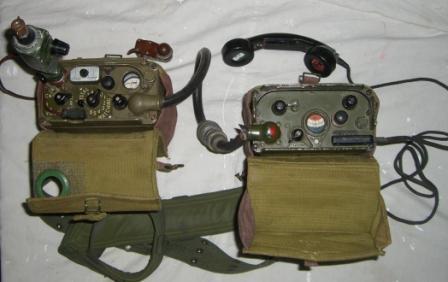
Scan this QR code to open this page on your phone ->

